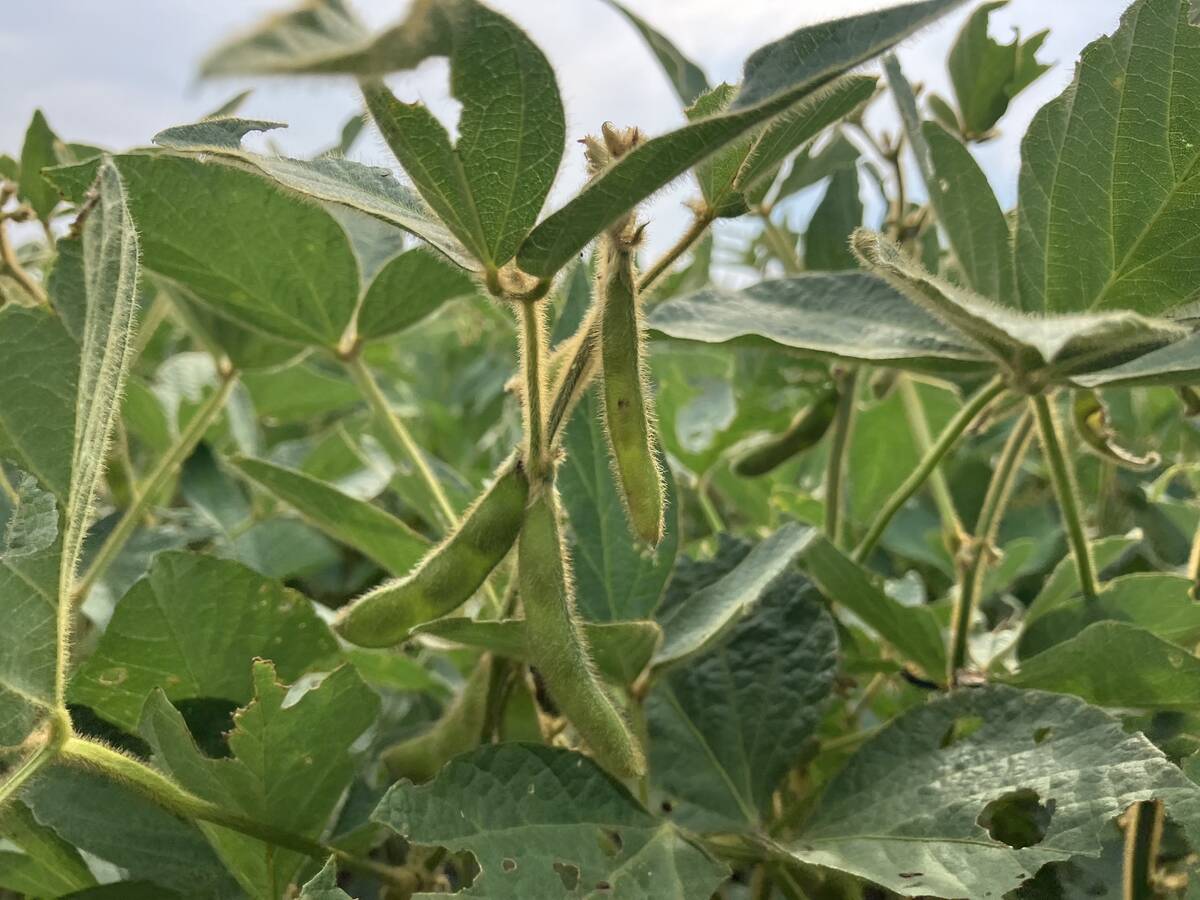LONDON, U.K. – European scientists say they have used genetic engineering to get around a plant’s inbuilt dislike of being crowded by other plants.
They said their research could stop plants in crowded fields from wasting energy by growing tall to get away from their neighbors.
Researchers said their findings could help farmers use less fertilizer or grow plants in poorer soil.
Grow long and lanky
“When plants are competing for sunlight, it is very important for them not to get overtopped by their neighbors,” Harry Smith, a plant physiologist at Leicester University, said in an interview.
Read Also

Proposed dicamba restrictions please expert
Pest Management Regulatory Agency proposes banning “over-the-top” spraying of dicama on soybeans.
Smith’s team spent 20 years trying to track down the mechanism for this behavior. They found, to their surprise, that plants cannot actually sense shade.
Instead they analyze the spectrum of light hitting their leaves.
“They have a particular mechanism for detecting the wavelength that we call far-red – radiation in the natural sunlight that we can’t see,” he said.
“When you get a stand of plants, ordinary daylight is absorbed by the plants but the far-red is reflected.”
When plants detect this, they start shooting up to get away from the shade of their neighbors. More energy goes into the stem, which is not a good thing for farmers.
“Crops are of course grown very close together to maximize the use of the land,” Smith said. Taller plants waste energy and can be knocked over in storms.
Smith’s group, working with other laboratories in Europe, genetically engineered plants to change the function of the molecules that detect the light.
“If we overcome that and the plant is in a normal mixed community as one would find in an open field habitat, those plants would be seriously disabled, but if we overcome it in a crop situation … there will be no problem with competition,” Smith said.
The method had worked well in tobacco, which is easy to tinker with genetically, Smith said. Now his group is working with wheat, flax and canola.
Energy not wasted
The tobacco plants were 50 percent smaller than normal plants. Smith said he hoped the wheat would be shorter but better.
“What I think you will get is the same-sized head on a smaller stem – the same productivity with lower input,” he said.
This week Smith’s team reported its results to the European Commission, the administrative arm of the European Union. It is among 130 European laboratories funded by $76 million (Cdn) under a plan known as the Project of Technological Priority aimed at encouraging plant biotechnology.














